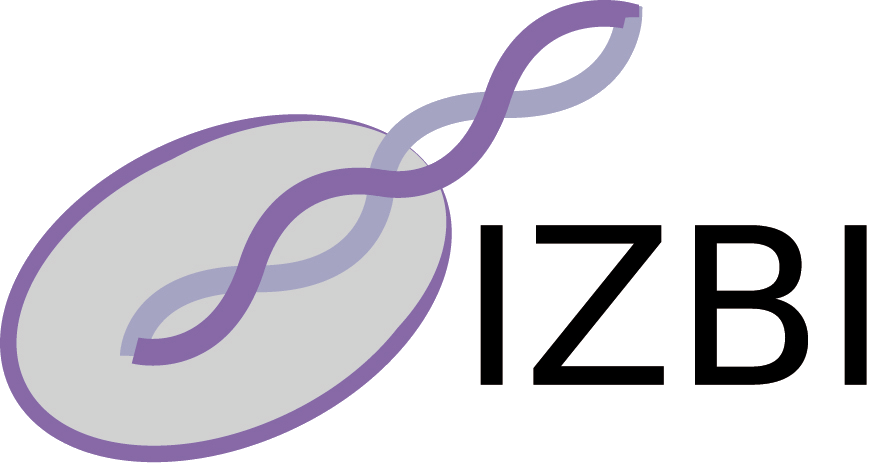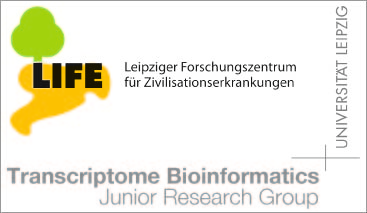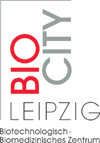Publications - Published papers
Please find below publications of our group. Currently, we list 565 papers. Some of the publications are in collaboration with the group of Sonja Prohaska and are also listed in the publication list for her individual group. Access to published papers ( ) is restricted to our local network and chosen collaborators.
If you have problems accessing electronic information, please let us know:
) is restricted to our local network and chosen collaborators.
If you have problems accessing electronic information, please let us know:
 ) is restricted to our local network and chosen collaborators.
If you have problems accessing electronic information, please let us know:
) is restricted to our local network and chosen collaborators.
If you have problems accessing electronic information, please let us know:©NOTICE: All papers are copyrighted by the authors; If you would like to use all or a portion of any paper, please contact the author.
SSS-test: A Novel Test for Detecting Positive Selection on RNA Secondary Structure
Walter Costa, Maria Beatriz and Siederdissen, Christian and Dunjic, Marko and Stadler, Peter F. and Nowick, Katja
Download
Status: Published
BMC Bioinformatics 20: 151
Abstract
Background
Long non-coding RNAs (lncRNAs) play an important role in regulating gene expression and are thus important for determining phenotypes. Most attempts to measure selection in lncRNAs have focused on the primary sequence. The majority of small RNAs and at least some parts of lncRNAs must fold into specific structures to perform their biological function. Comprehensive assessments of selection acting on RNAs therefore must also encompass structure. Selection pressures acting on the structure of non-coding genes can be detected within multiple sequence alignments. Approaches of this type, however, have so far focused on negative selection. Thus, a computational method for identifying ncRNAs under positive selection is needed.
Results
We introduce the SSS-test (test for Selection on Secondary Structure) to identify positive selection and thus adaptive evolution. Benchmarks with biological as well as synthetic controls yield coherent signals for both negative and positive selection, demonstrating the functionality of the test. A survey of a lncRNA collection comprising 15,443 families resulted in 110 candidates that appear to be under positive selection in human. In 26 lncRNAs that have been associated with psychiatric disorders we identified local structures that have signs of positive selection in the human lineage.
Conclusions
It is feasible to assay positive selection acting on RNA secondary structures on a genome-wide scale. The detection of human-specific positive selection in lncRNAs associated with cognitive disorder provides a set of candidate genes for further experimental testing and may provide insights into the evolution of cognitive abilities in humans.
Availability
The SSS-test and related software is available at: https://github.com/waltercostamb/SSS-test. The databases used in this work are available at: http://www.bioinf.uni-leipzig.de/Software/SSS-test/.















